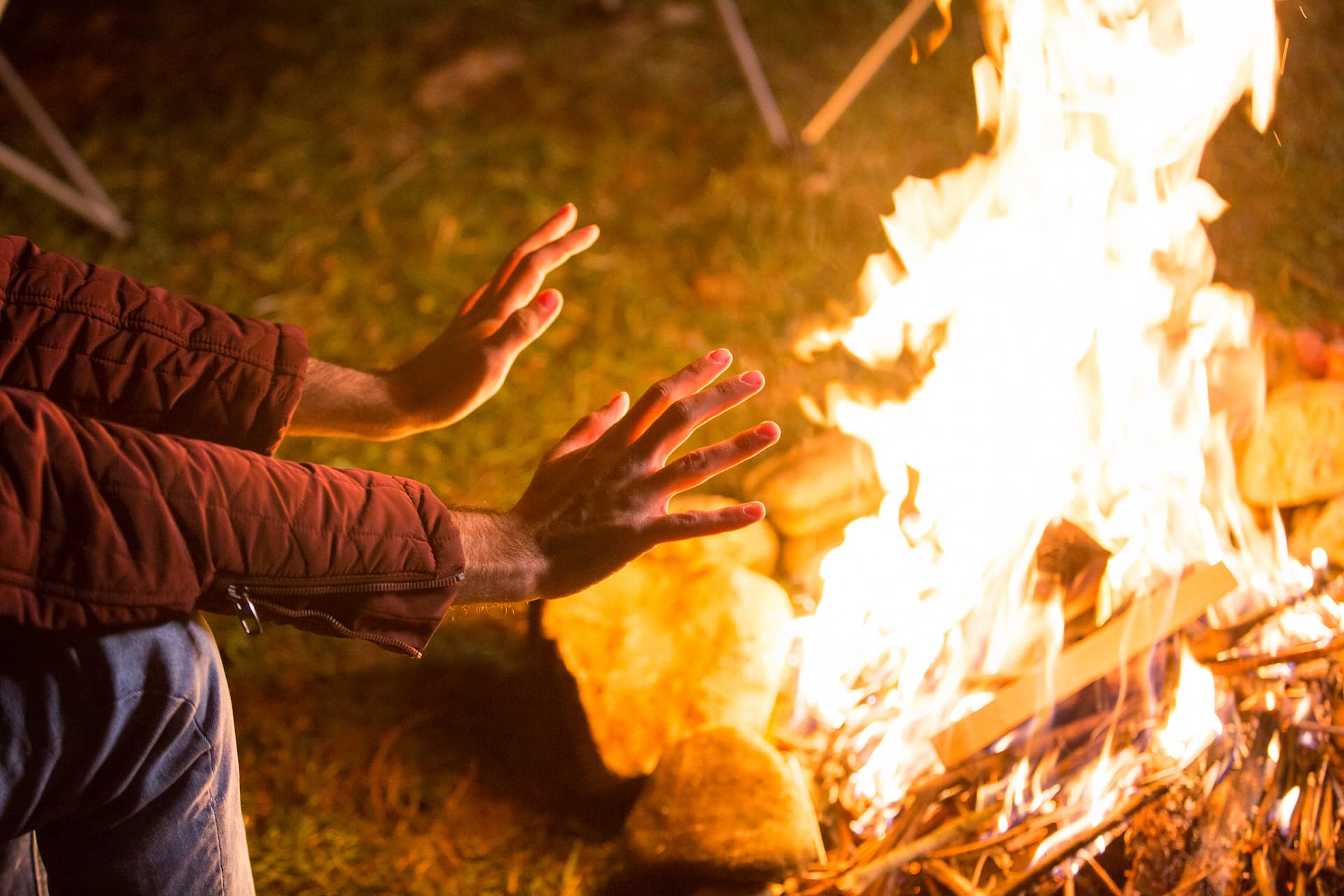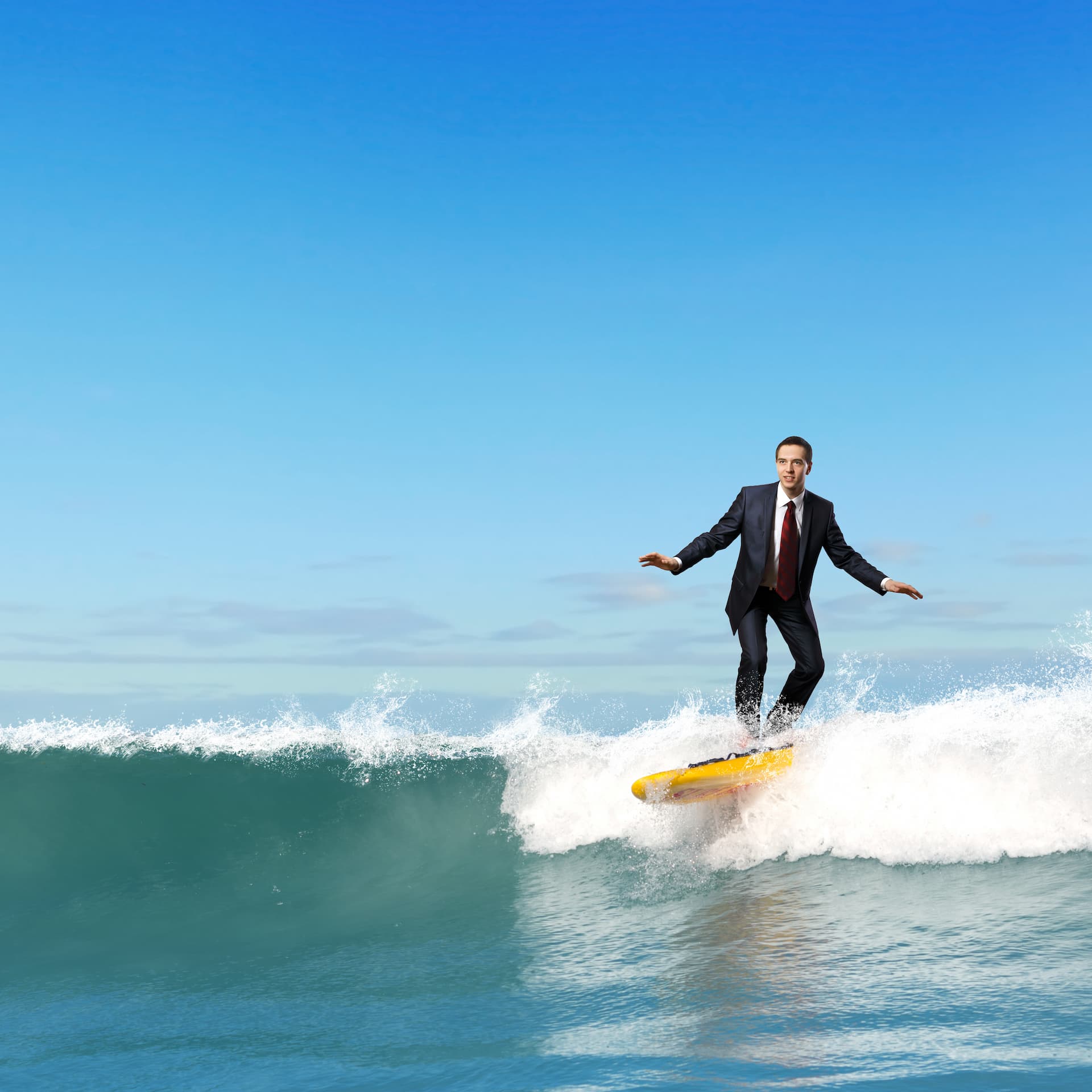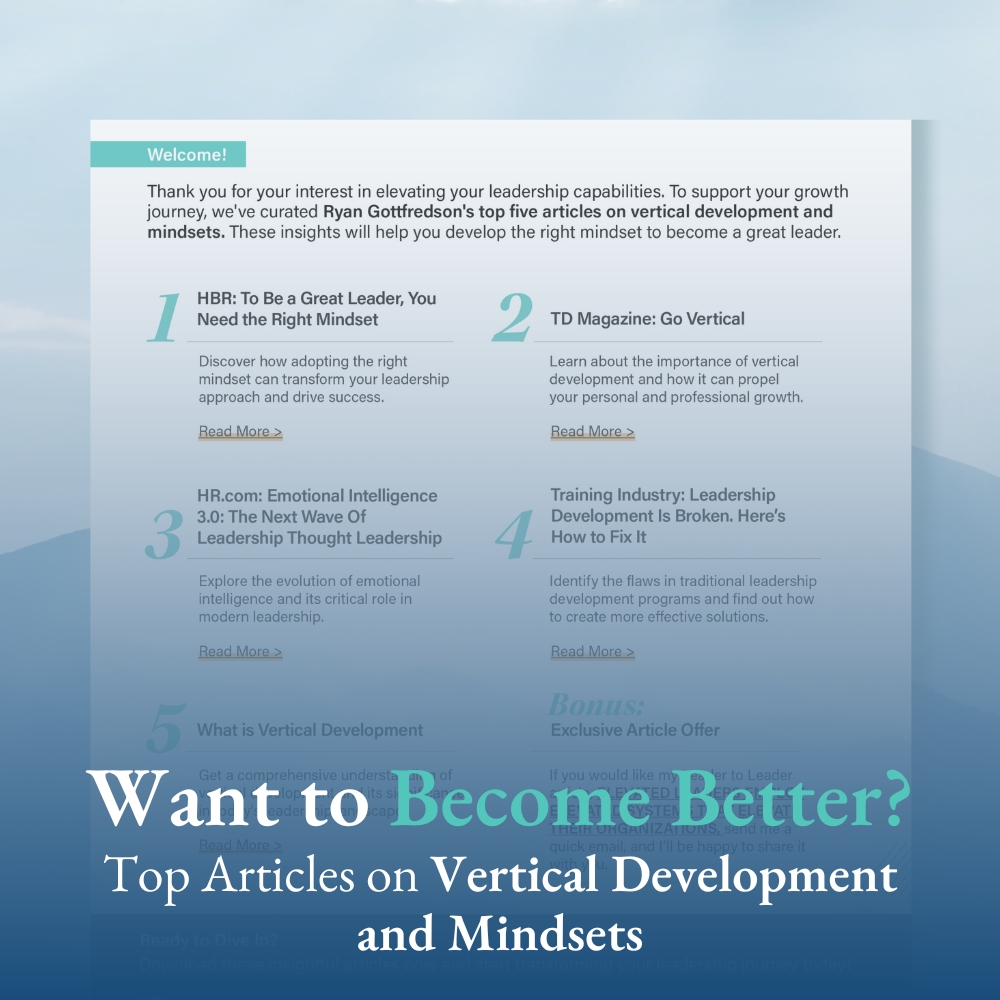One of the first laws of vertical development for leaders is that as leaders become more vertically developed, they become more dynamic.
In this article, I want to make this concept come to life. To do so, let me invite you to introspect for a moment:
Over the last 24 hours, what modes have you operated in?
Mode of Operation
I am learning that we operate in different modes at different times. And, for most of us, we have certain modes that we spend the most time in. They are habitual, and they generally feel the most comfortable.
I am finding it incredibly powerful to be able to put labels on the modes that I operate in.
It is helping me:
- Become more self-aware
- Become mindful, conscious, and present
- Become more intentional about the person I bring to the situations I navigate
- Become more dynamic
What are Your Primary Modes?
I don’t think that everyone operates in the same modes, and I believe there are maybe a near-infinite different kinds of mode one could potentially operate from. But, do you know what your primary modes are?
I am learning that I have a primary and dominant mode that I operate in. It is “execution mode.” When I am in this mode, I am driven and focused. I have clear objectives or tasks that I need to accomplish, and I don’t let much get in the way of accomplishing these things. While this mode makes me very productive, it doesn’t make me very social or willing to let others in. For example, when I am in “execution mode,” and my children come into my office, I am prone to be a little impatient with them and less inclined to help them with what they might need because diverting my attention to them prevents me from executing.
But, I am learning that there are different modes that I can and do operate from. I have “parent mode,” “spouse mode,” “connection mode,” “survival mode,” “protector mode,” “inspiration mode,” “vacation mode,” among others.
A Day in the Life of Ryan
A few weeks ago, I had a non-typical day, and I found it interesting to introspect about the modes I operated in. It was a Disneyland day for my son and wife’s birthdays.
It was meant to be more of a “connection mode” day as I would be taking off work for a day to spend quality time with my family. But, here is what I found:
- I woke up early to punch out as many emails as I could so I could feel like I had less looming over me while with my family for the day. To do this, I got into “execution mode.”
- Then, after my kids woke up, I feel I got into “parent mode,” where I helped my kids get ready for the day and made sure we were out of the door in time.
- We got into an Uber, and I feel like I switched to “vacation mode.” I recognized this because our Uber driver drove extremely slow to Disneyland, and I didn’t get impatient with him. Because I was in “vacation mode,” and not in “execution mode,” I was able to handle that situation better than I would have otherwise.
- Once we got into Disneyland, I got into “execution mode.” I was trying to plan and scheme to make sure we had a good strategy for tackling the park so that we could do everything we wanted to that day. You probably could have seen me walking quickly to our first ride.
While I shifted through a variety of modes that day, actually found that my most dominant mode was “survival mode.” Throughout the day, I was having to navigate crowds, be responsible for what my family did throughout the day, wait in line, wait in line with kids that have child-like attention spans, make sure my kids were happy and well-fed/well-snacked, etc.
In the moment, I didn’t fully realize I was in “survival mode.” I only really recognized it after the fact as I was reflecting upon my day through the sense of “modes.”
This reflection was really helpful, but it made me feel sad. I was sad because I realized that I didn’t spend nearly enough time in “connection mode” as I could have. And, had I spent more time in “connection mode” than “survival mode,” I am sure I would have had a much more memorable and enjoyable experience, and so would have my family (not that we had a bad day, it just would have been more magical).
Leader Complexity
Research on vertical development is finding that the more vertically developed a leader is, the more complex they are. What this means is that as we vertically develop, two things occur:
- We add “modes” to our repertoire
- We become more willing and able to change from one mode to another
Together, we become more complex, and with that complexity comes a greater ability to be dynamic, to pivot and adjust to bring our best self to the different situations we encounter.
Life of a Leader
The reality is that in order for a leader to effectively navigate their days, and their role, they need to be complex.
For example, the day in a life of a leader might require them to be in “execution mode” for one half-hour, “connection mode” for meeting 1, “empower mode” for meeting 2, “director mode” for meeting 3, “strategic mode” for meeting 4, and “development mode” for their coaching call with their executive coach.
If a leader is unable to shift modes, and they stay in “execution mode” throughout the day, they will run roughshod through their day and the people they work with.
The Challenge
When we get in touch with our modes, it empowers us with a number of opportunities:
- Becoming more conscious of our modes
- Improving our ability to shift between modes to more appropriate meet the demands of the different situations we encounter
- Expand the repertoire of our modes, including picking up and adopting modes that may not feel comfortable to us, but are vital for our success
One of the things that I am learning is that “connection mode” is not a mode that feels very comfortable to me, but it is a mode that I need to spend more time in for both my professional and personal life. This is one way I need to elevate in my vertical altitude.
If you want to help your organization’s leaders or employees elevate their complexity, let’s connect and explore how to best help them vertically develop so that they can elevate in their dynamism: Connect with Ryan.










